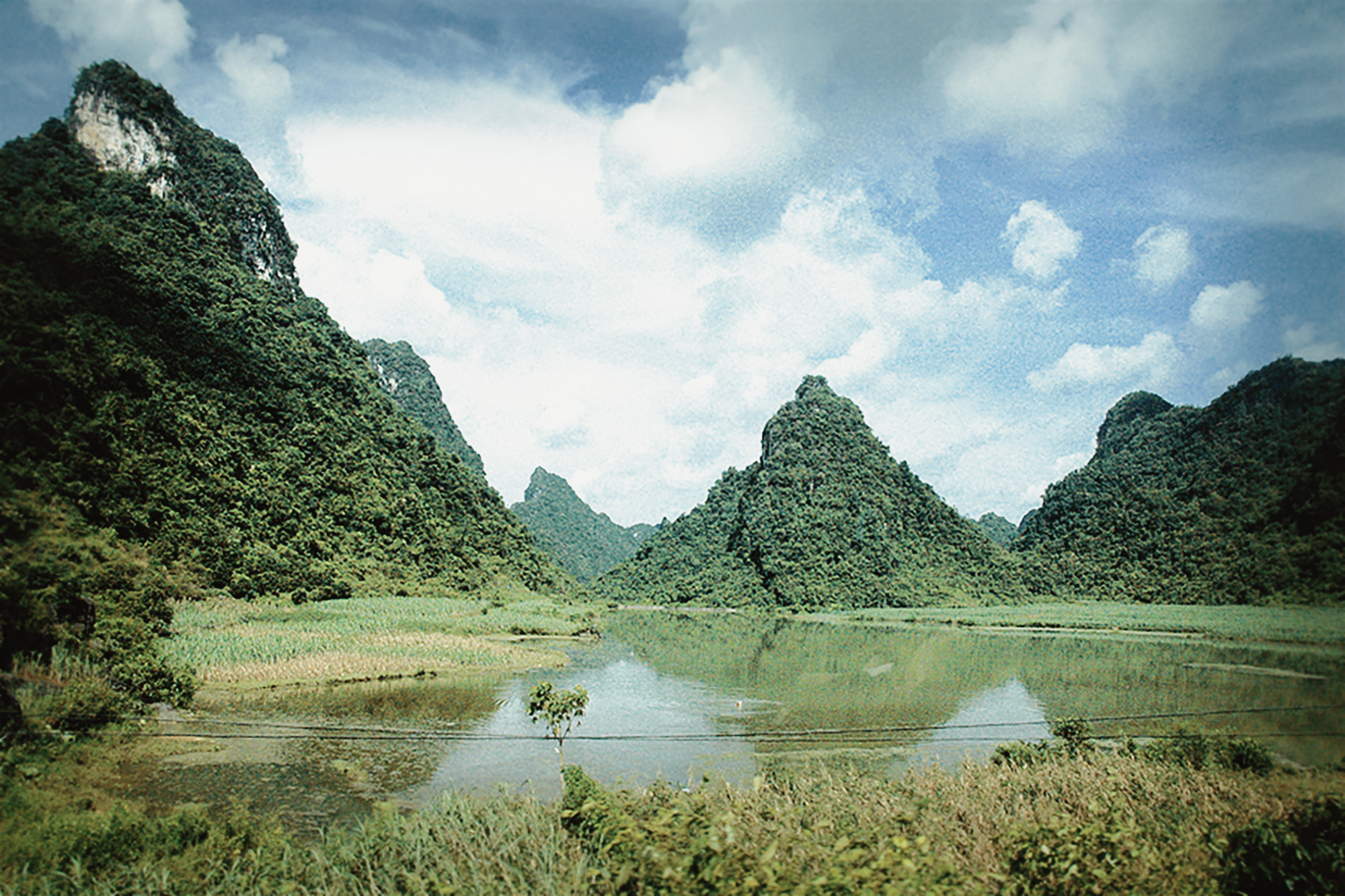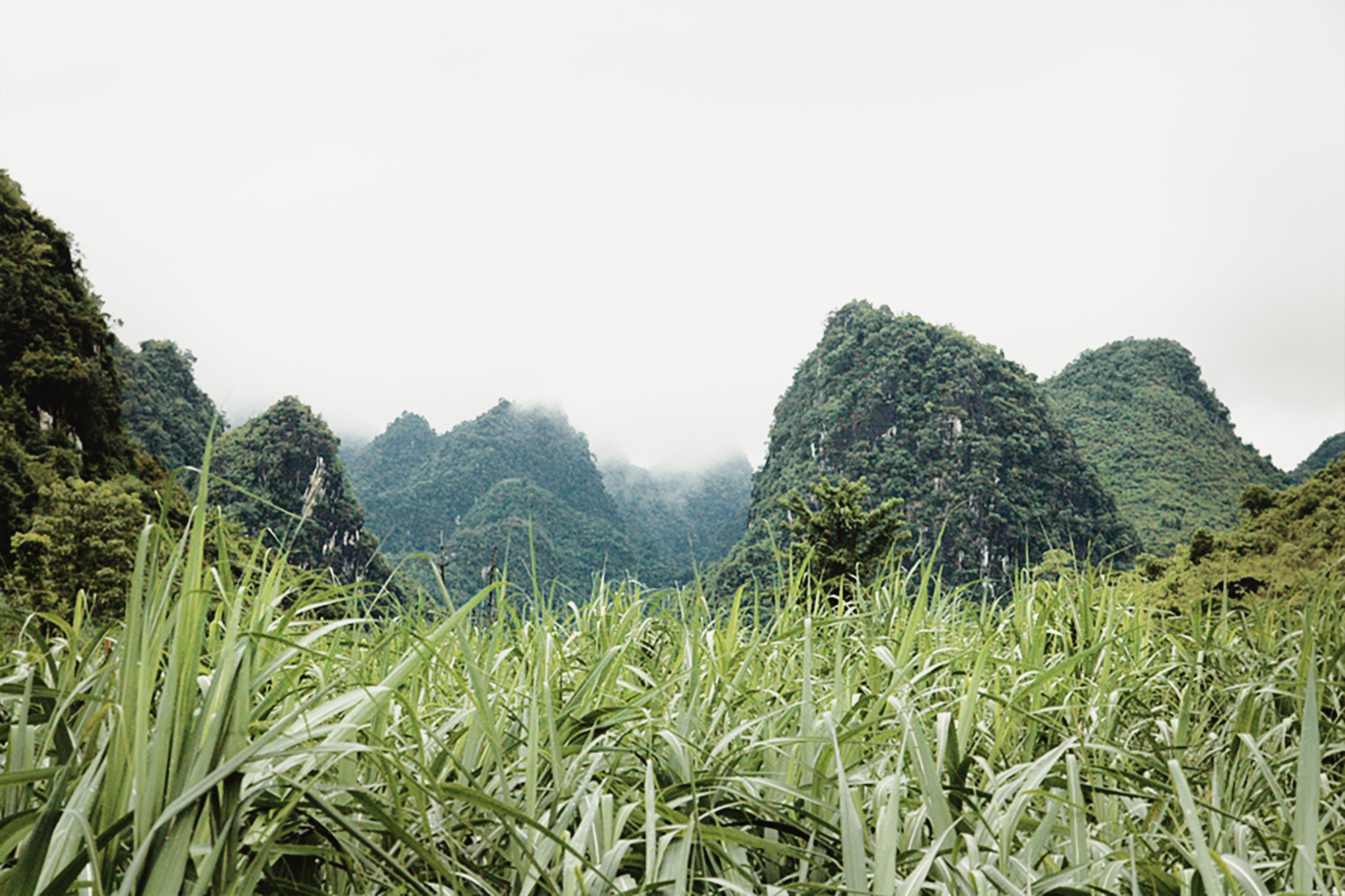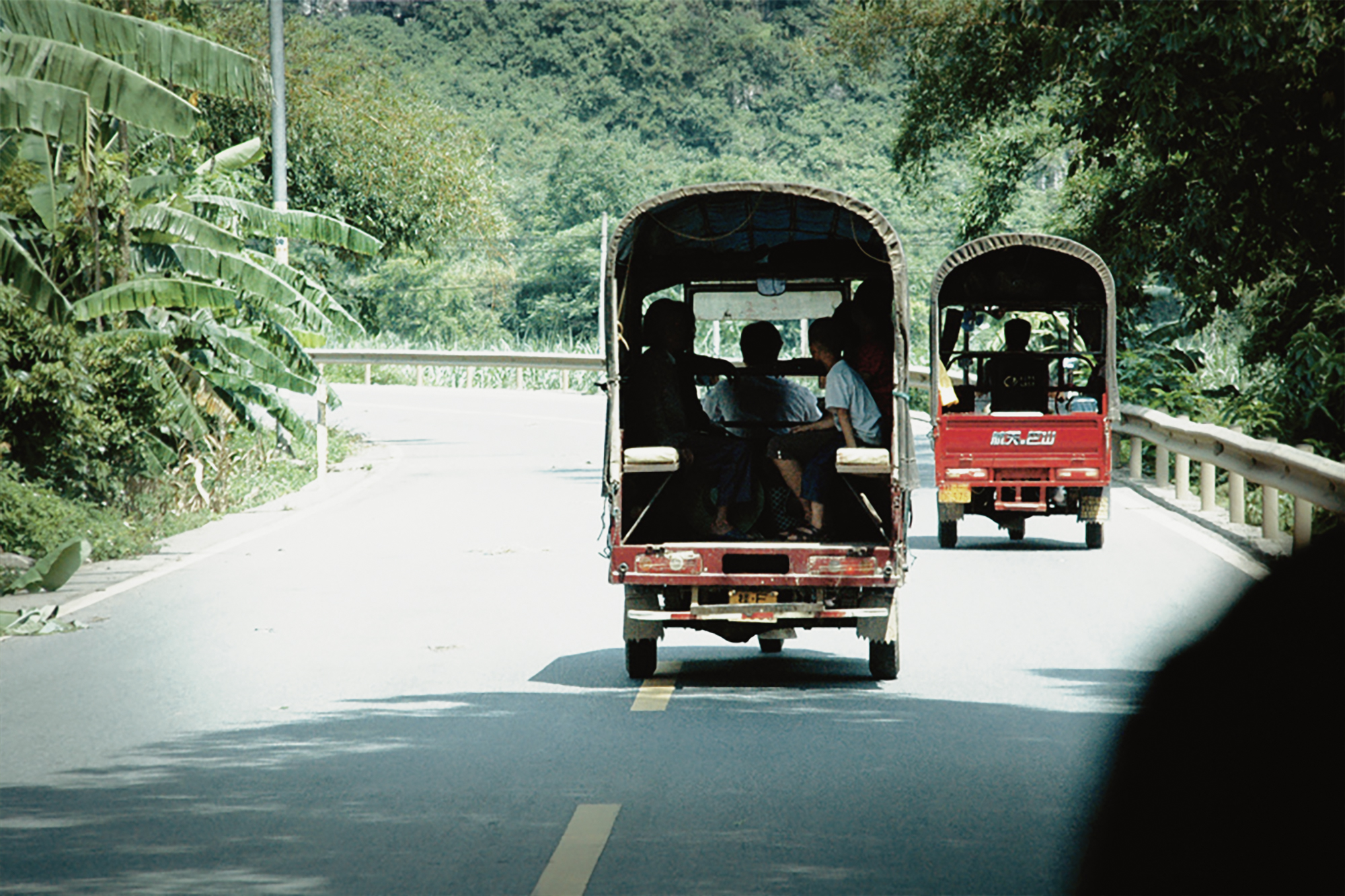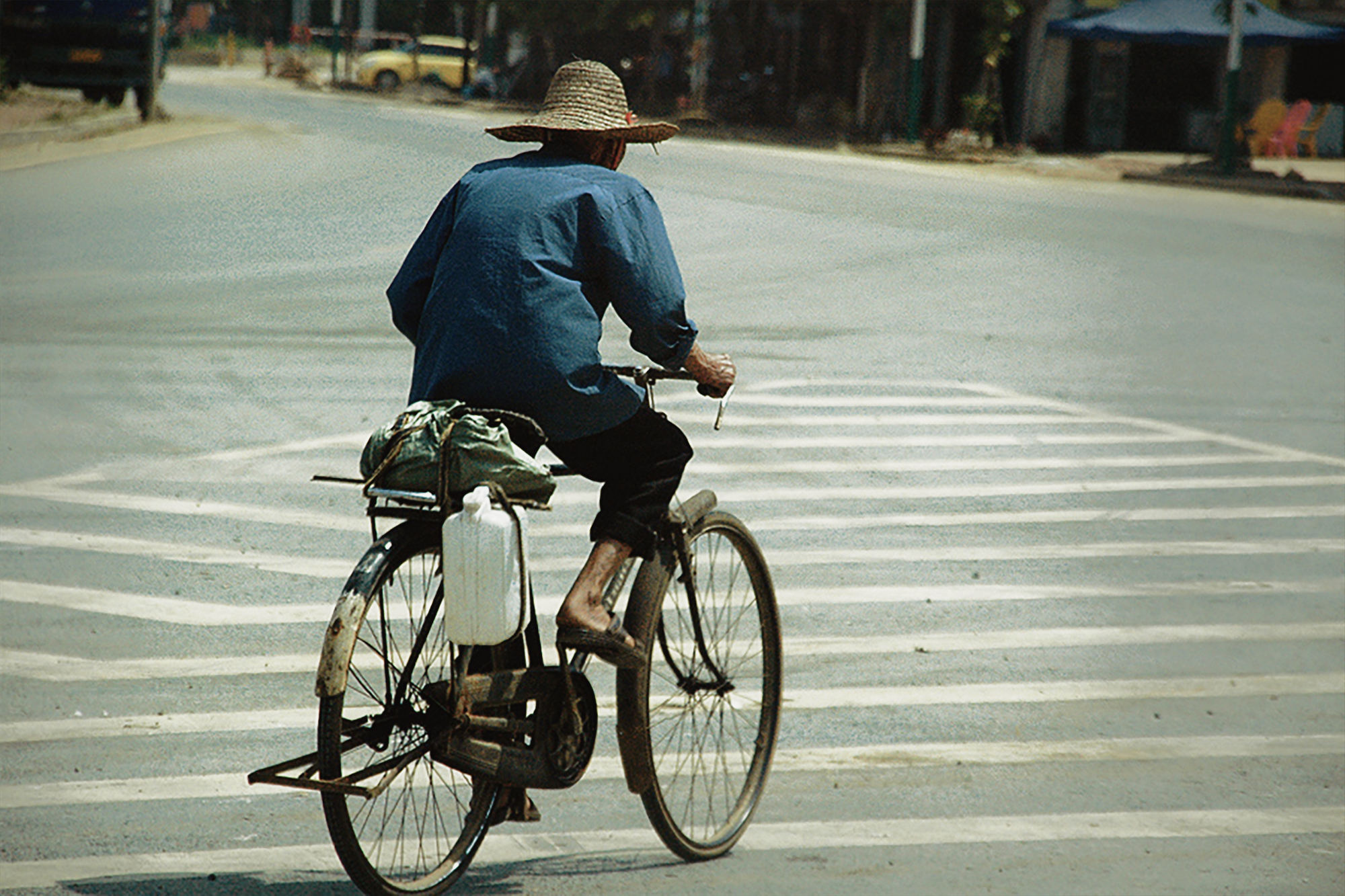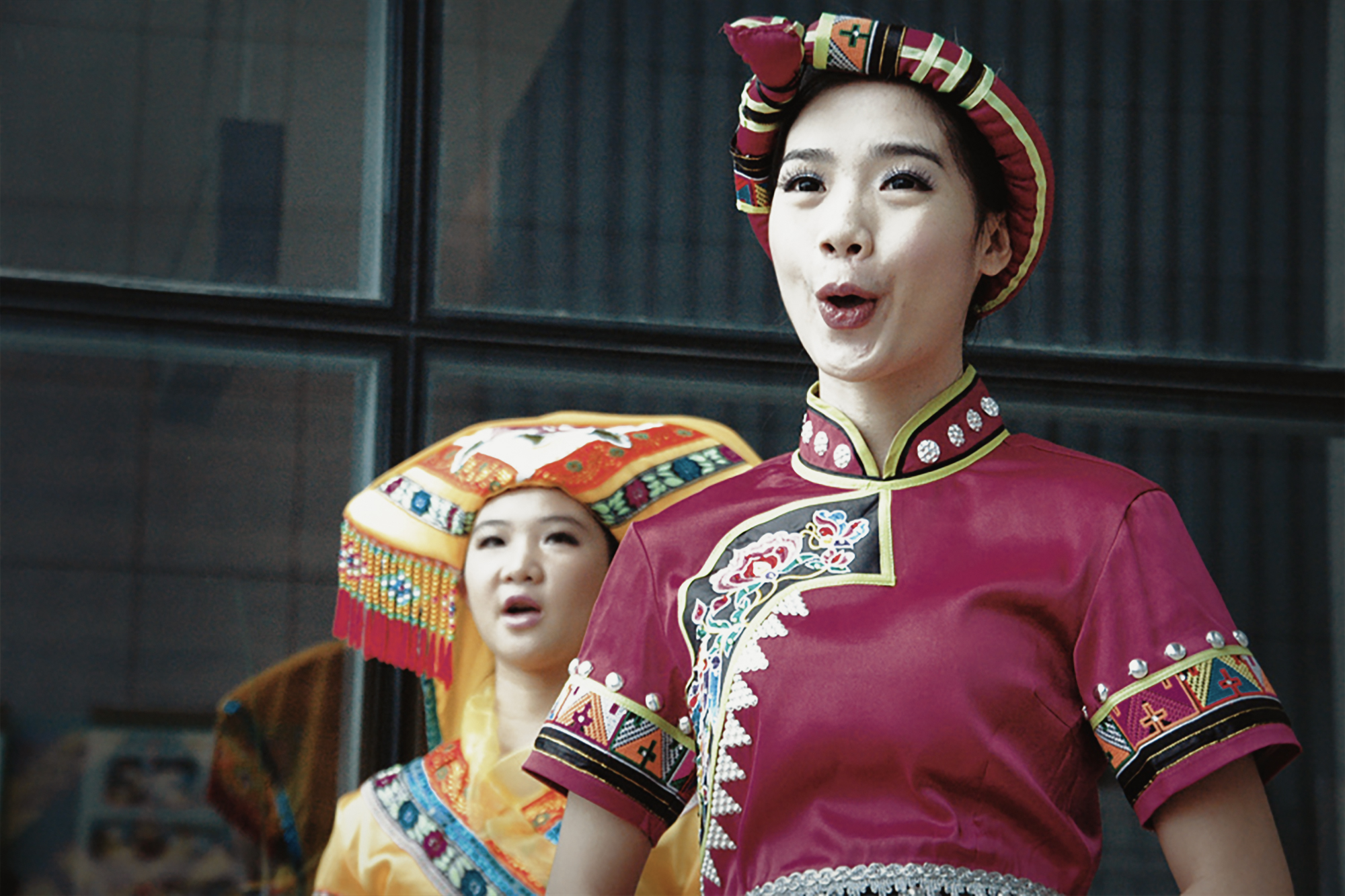



However, it is generally believed by Chinese scholars that an ancient group called Luo Yue was responsible for producing the Huashan rock art site between the Warring States Period (403–221 BCE) and Eastern Han dynasty (26-220 CE) (Qin et al. 1987: 137). In many areas of the world the political events in the area where rock art is situated are unknown for the time the rock art was produced. The assumption is that the politics of the area were static and uneventful. However, both historical and archaeological sources prove that this was not the case in the Guangxi area in the period when the Huashan rock art is presumed to have been painted. Therefore, a brief discussion of the historical and archaeological background of this area helps to better understand the ethnic culture of the Luo Yue people.
→ Subscribe free to the Bradshaw Foundation YouTube Channel
→ The Huashan Rock Art Site
→ Sacred Meeting Place for Sky, Water and Earth
→ Introduction to the Huashan Rock Art Site
→ UNESCO World Heritage Site
→ Huashan Rock Art Gallery
→ Huashan Local Ethnic Culture
→ Huashan Historical Background
→ Religious Beliefs of the Luo Yue
→ Cosmology of Huashan Rock Art
→ 38 Huashan Rock Art Sites
→ Protection of Zuojiang Huashan
→ Wushan Rock Art
→ China Rock Art Archive
→ Bradshaw Foundation
→ Rock Art Network
